Read the Hyundai Elite i20 review, road test from Autocar India; The quintessential Indian premium hatchback moves a generation ahead. Here's how it scores on our road test.
Hyundai tweaks its styling with each successive generation of cars, and the new i20 is the result of this thinking. The latest design version is dubbed ‘Fluidic Design 2.0’ – it’s not as swoopy as before and now gets milder creases and cleaner lines. The toned down but sharply cut styling, designed primarily for European tastes, works really well, and has a freshness that makes it look really contemporary.
The car looks best when viewed head on. The slim grille that sits above a larger, low-set hexagonal grille and the chrome-lined, swept-back headlamps look fantastic. This also brings us to the first missing feature you’ll notice. The old i20’s bright daytime running lights have gone, and what may look like LED strips within the lamps are just chrome inserts. Hyundai says, according to its research, customers like LED running lamps, but aren’t willing to fork out extra cash for them. However, we suspect that they’ve been saved for a mid-life facelift.
The flatter bonnet works as a visual trick to make the new i20 appear a lot wider than its modest 24mm increase in width would suggest. The new platform has also allowed the designers to push the wheels further out towards the car’s corners, increasing the wheelbase by an extra 45mm. Interestingly, the overall length is 10mm shorter than the old car and Hyundai had to shave quite a bit off the bumpers to comply with our ‘small car’ laws; in Europe, the i20 is over four metres long.
Speaking of length, the new i20’s silhouette is quite distinctive. The rising window line, bold shoulder line and that blackened C-pillar lending the car its unique look. Take note, however, the car you see here wears the 16-inch alloys found only on the top Sportz (O) and Asta trims. Every other trim is shod with much smaller 14-inch steel wheels that may appear dwarfed under those large wheel arches. The uncluttered boot lid looks classy and the shapely horizontal tail-lamps seem to have been inspired by the Alfa Romeo Brera. What looks a bit out place though is the small, protruding reversing camera.
Boot space has always been the i20’s forte and while it’s down by 10 litres from before, at 285 litres, it is still quite ample (the segment-best Polo has 294 litres in comparison) and the 60:40 rear seat split on the Asta variant increases versatility. On the downside, the loading lip is quite high, so hauling heavy bags over the rear bumper will require a fair bit of muscle.
The new i20 is just 15kg heavier than the old model. We say ‘just’ because this is a bigger car with substantially more metal. But a fair bit of that metal is lightweight, high-tensile steel which, apart from keeping weight down, has bumped up torsional rigidity.
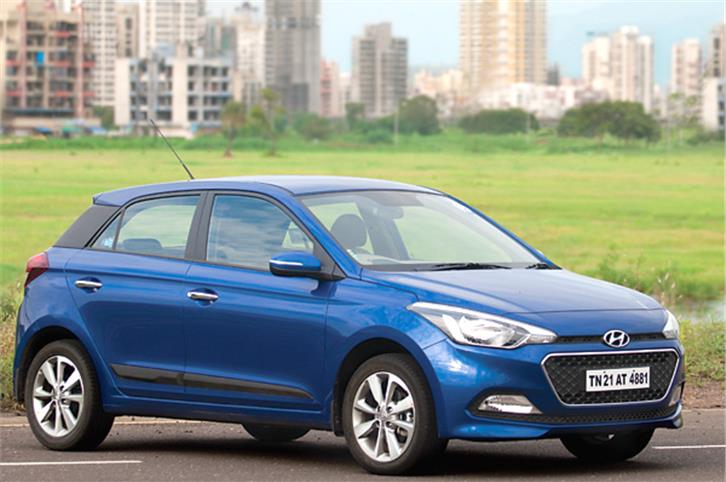
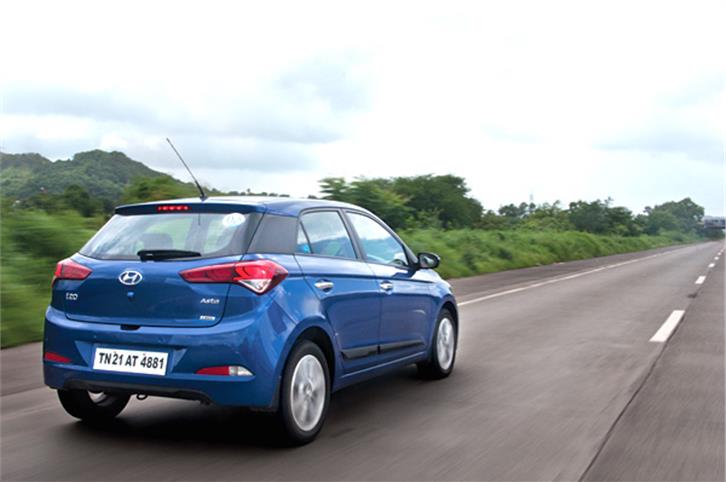
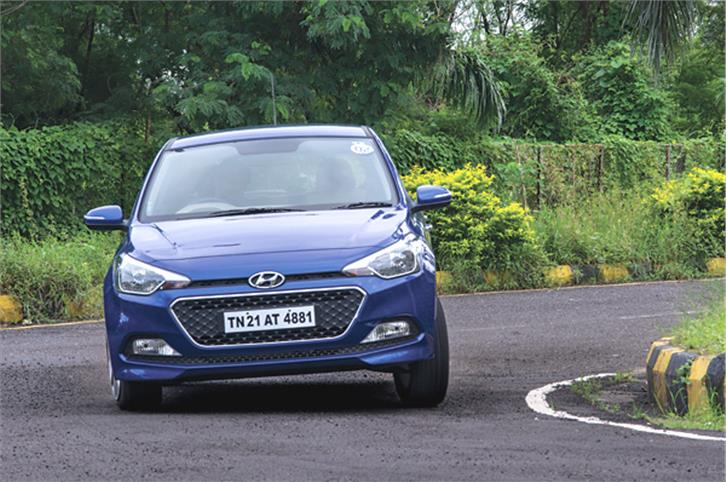


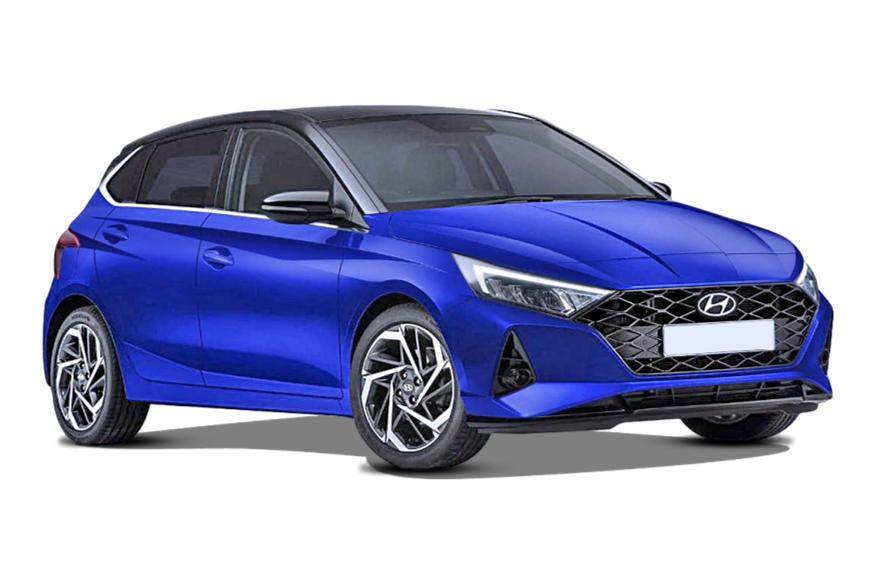
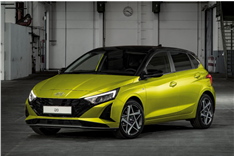


Comments
Member Login
Personal Details
No comments yet. Be the first to comment.